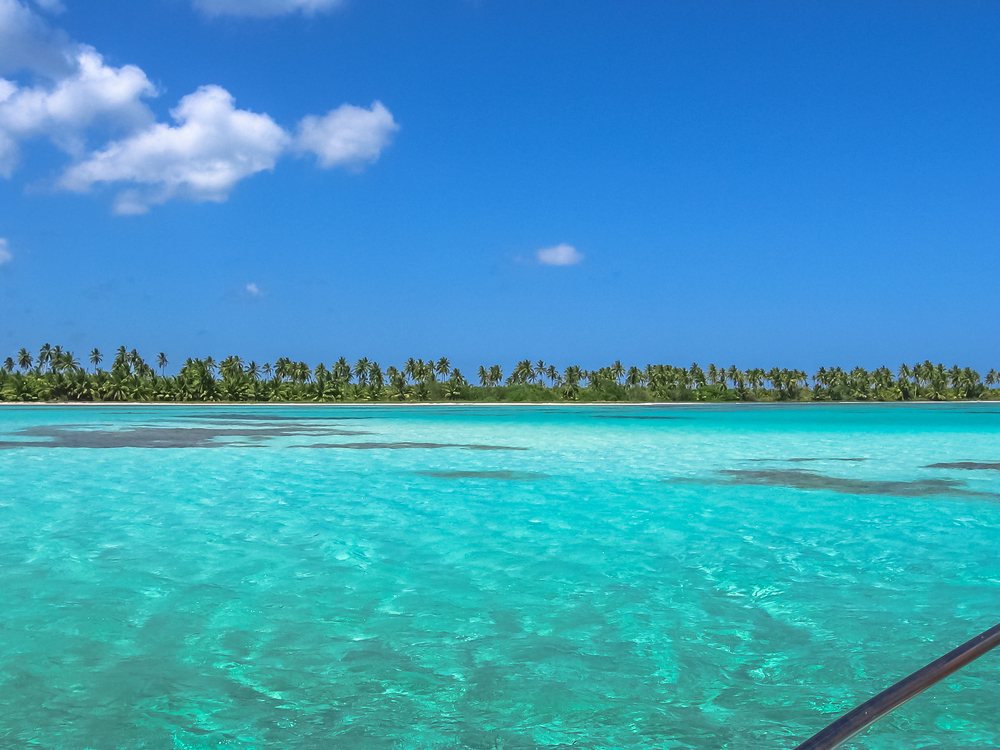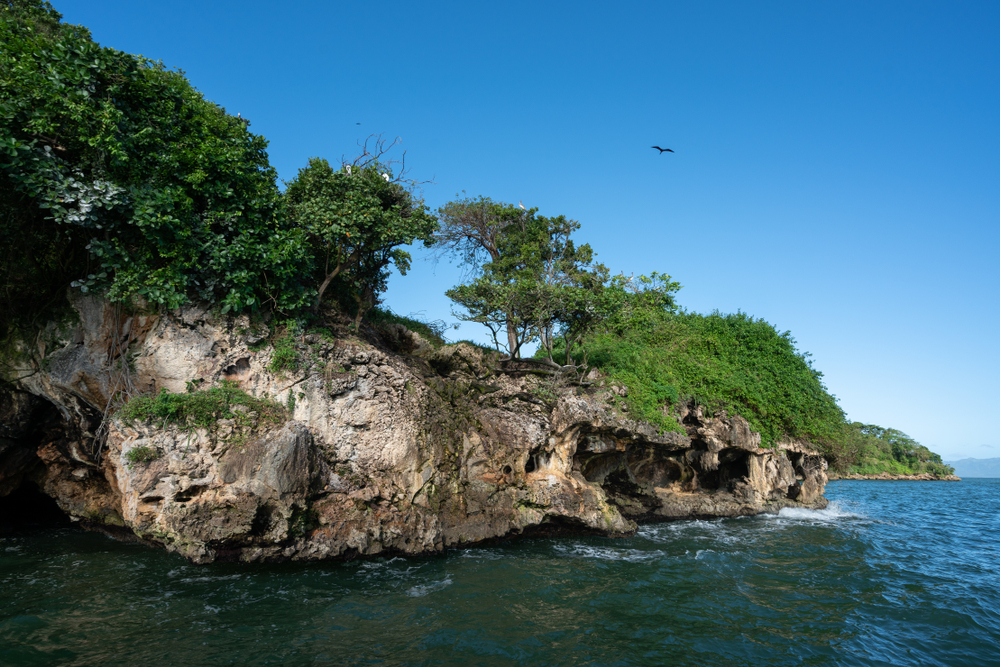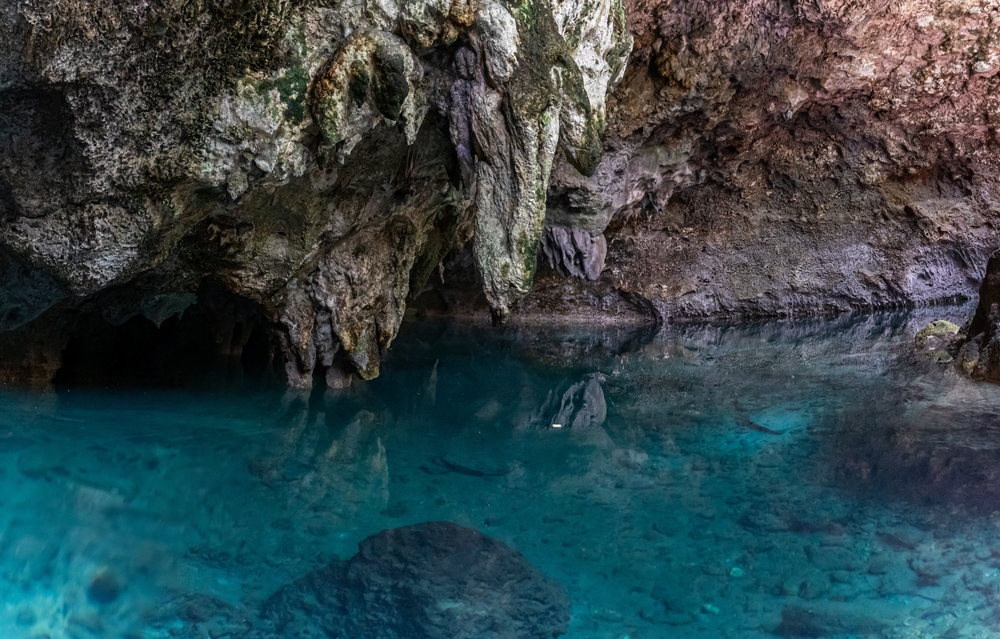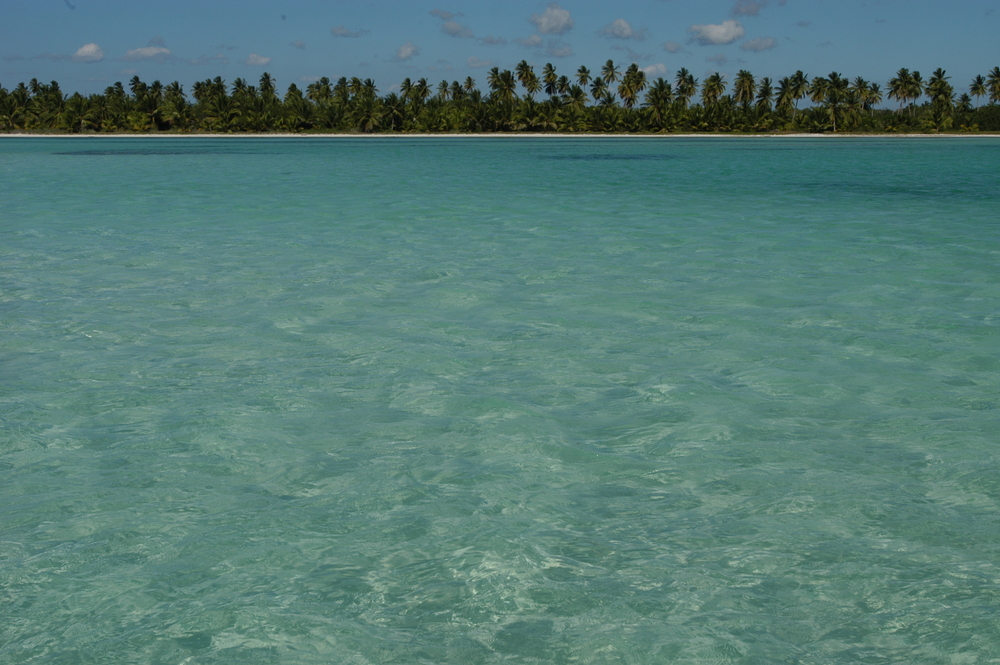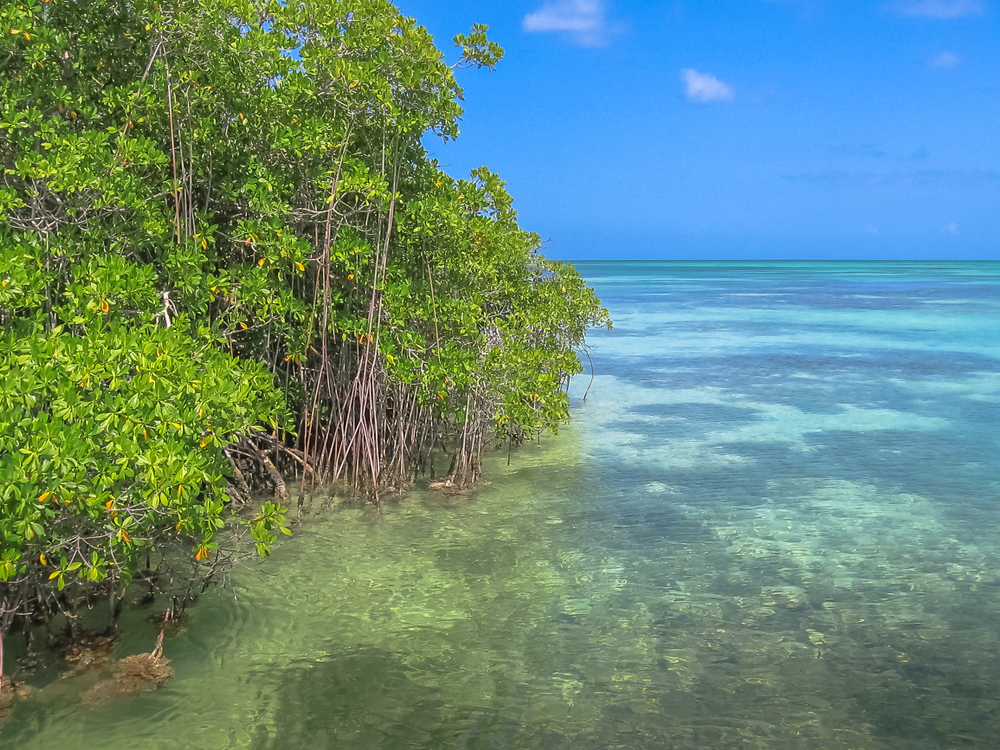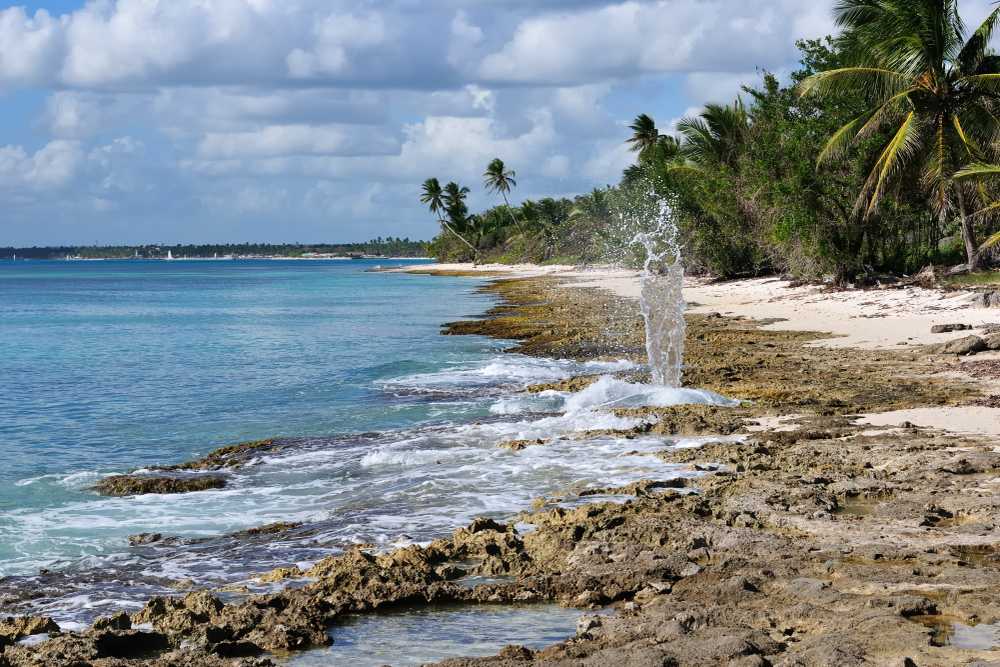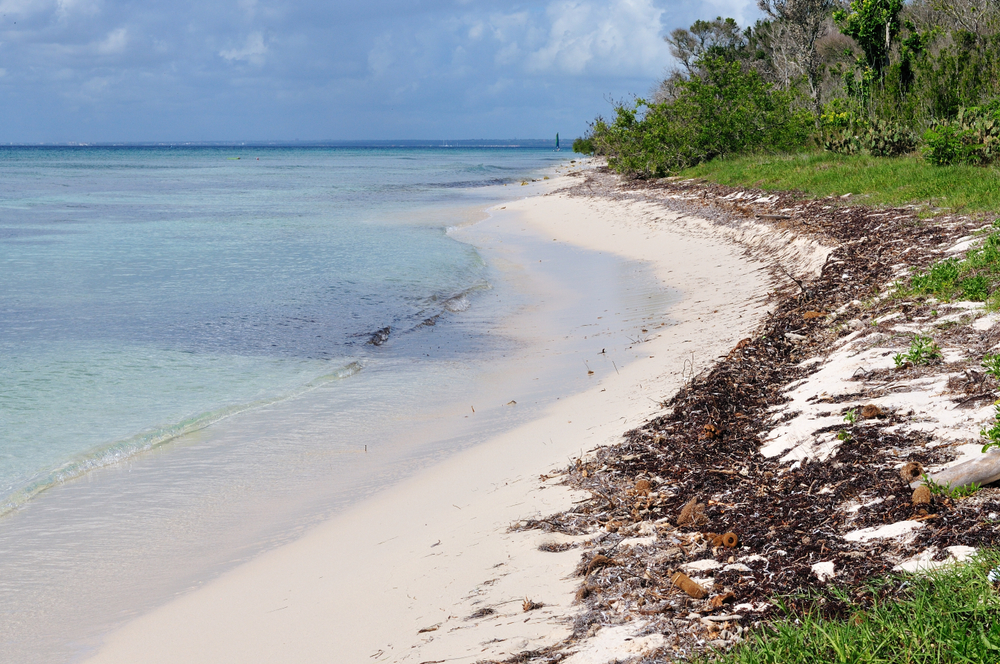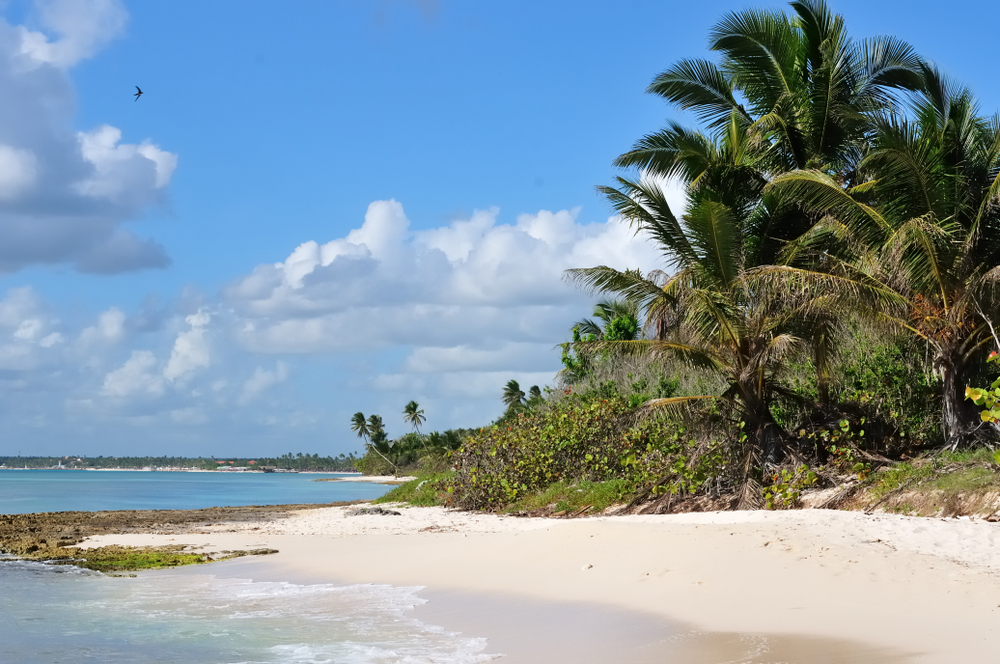Cotubanamá Overview
Cotubanamá National Park (locally known as Parque Nacional Cotubanamá) is located in the southeastern region of the Dominican Republic, covering an expansive area of approximately 310 square miles (810 square kilometers). The park, formerly known as Parque Nacional del Este, is named in honor of the indigenous Taino leader Cotubanamá. It stretches along the coast from Bayahibe to Boca de Yuma, including the islands of Saona and Catalina, making it one of the most ecologically and culturally important parks in the country.
The park’s landscape is incredibly diverse, ranging from pristine white sand beaches to lush tropical forests and coastal mangroves. The coastline is dotted with coral reefs and seagrass beds, creating a haven for marine life and offering excellent opportunities for snorkeling and scuba diving. Saona Island, one of the park’s main attractions, is famous for its crystal-clear waters and is a popular destination for day trips and eco-tours. Inland, the park features karst limestone formations and cave systems, some of which contain ancient Taino petroglyphs, providing insight into the island’s pre-Columbian history.
Vegetation in Cotubanamá National Park is abundant and varied, with coastal forests, dry forests, and mangroves supporting a wide range of plant species. The park’s tropical environment is home to many types of native and endemic plants, including mahogany trees, mangroves, and various species of palms.
The wildlife in Cotubanamá National Park is equally impressive. The park supports a rich variety of bird species, including the Hispaniolan parrot and the white-crowned pigeon. Marine species such as sea turtles, manatees, and colorful fish thrive in the coastal waters. On land, reptiles like iguanas and geckos are commonly seen. Overall, Cotubanamá National Park is a biodiverse paradise, offering a range of natural wonders for visitors to explore.
Park Map
Cotubanamá National Park Highlights
Engaging Cotubanamá National Park
Sources
- Dominican Republic Tourism, Cotubanama National Park, https://www.godominicanrepublic.com/listing/cotubanam%C3%A1-national-park/4319/, retrieved August 2024.
- Go Dominican Travel, Cotubanama National Park, https://www.godominicantravel.com/cotubanama-national-park/, retrieved August 2024.
- UNESCO, Parque Nacional Cotubanama, https://whc.unesco.org/en/tentativelists/6292/, retrieved August 2024.
- Visit Dominican Republic, Cotubanama National Park, https://visitdominicanrepublic.com/wildlife-nature/cotubanama-national-park-parque-del-este/, retrieved August 2024.
- Wikipedia, Cotubanama National Park, https://en.wikipedia.org/wiki/Cotubanam%C3%A1_National_Park, retrieved August 2024.








































































